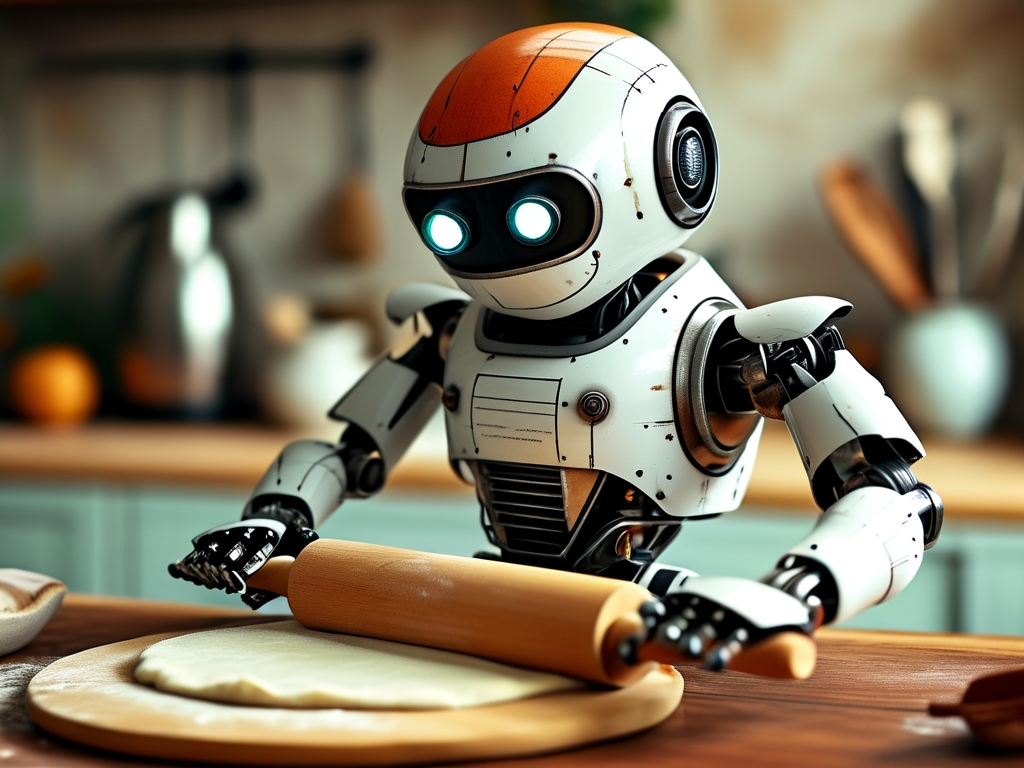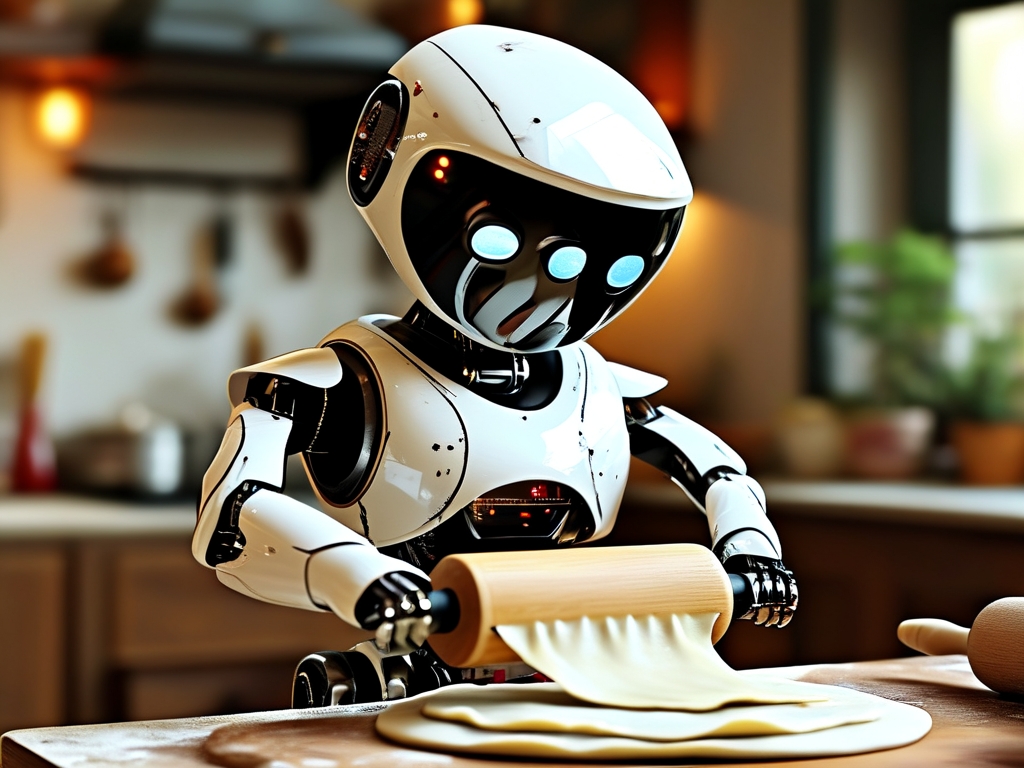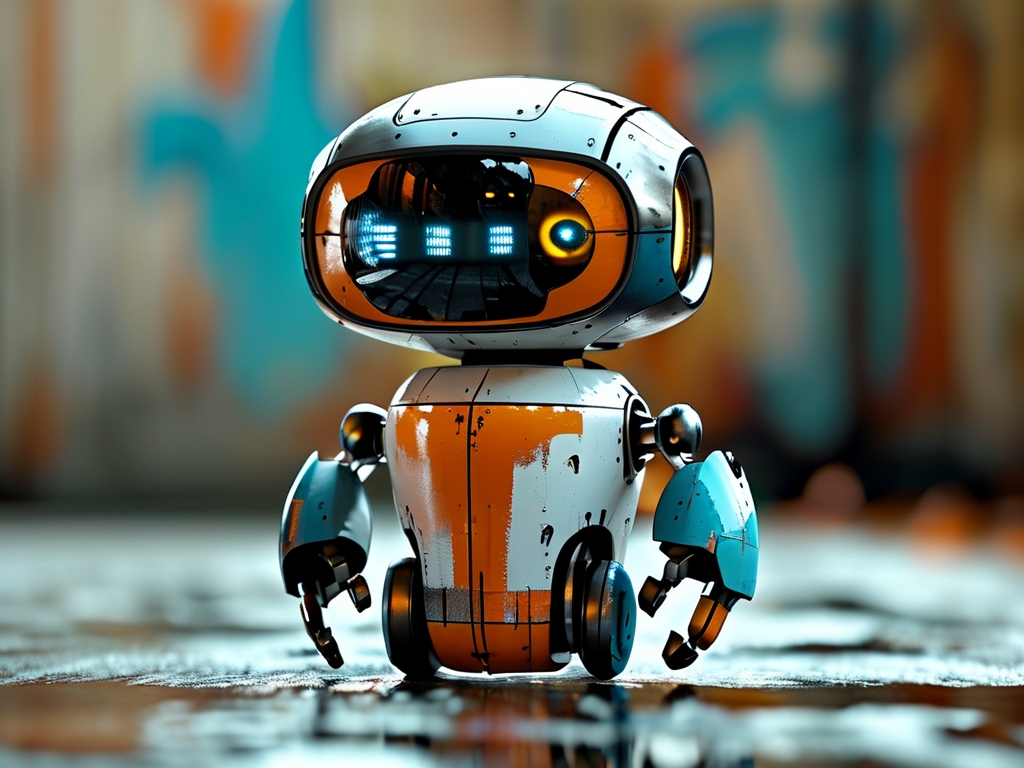In the evolving landscape of food technology, robotic noodle rolling has emerged as a groundbreaking innovation, blending precision engineering with culinary traditions. This article delves into the mechanics of robotic noodle rolling systems, their real-world applications, and the transformative potential they hold for the global food industry.
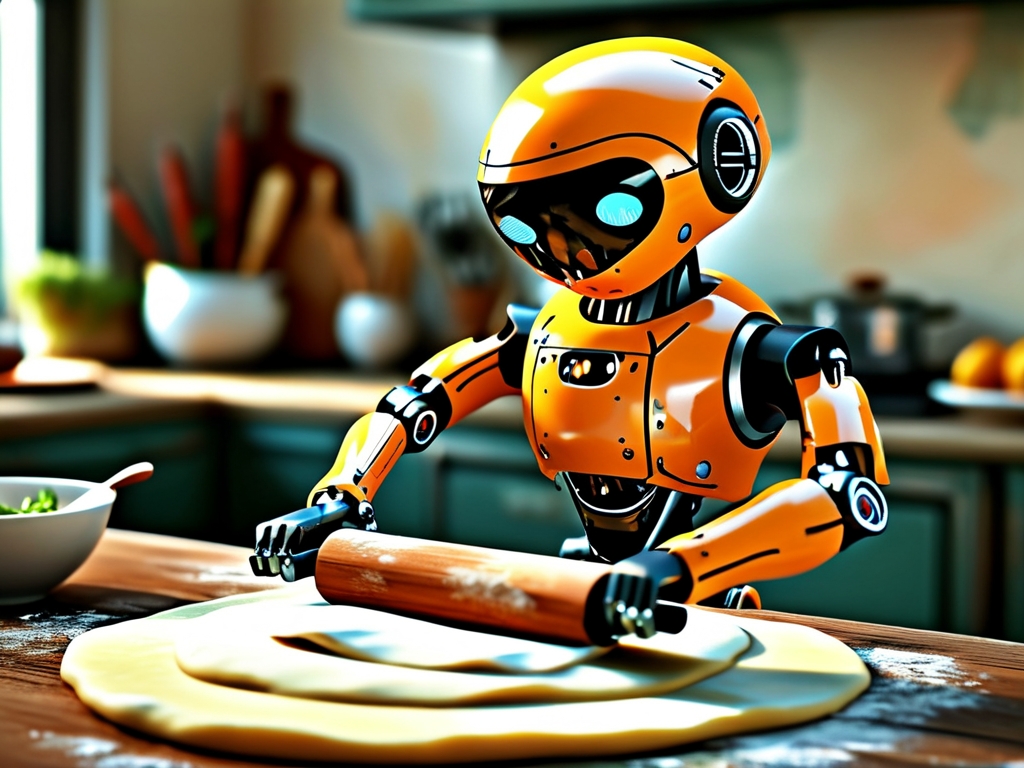
1. The Mechanics of Robotic Noodle Rolling
At its core, robotic noodle rolling relies on a synergy of hardware and software. The system typically comprises:
- Multi-Axis Robotic Arms: Equipped with specialized attachments, these arms mimic the motions of human chefs, applying controlled pressure to dough.
- Sensor Arrays: Force sensors ensure consistent thickness, while infrared cameras monitor dough elasticity in real time.
- AI-Driven Software: Machine learning algorithms adapt rolling techniques based on dough type (e.g., wheat, rice, or gluten-free blends) and environmental factors like humidity.
For instance, companies like Miso Robotics have developed systems that replicate the "pull-and-stretch" technique used in hand-pulled noodles (la mian), achieving up to 98% consistency in noodle thickness.
2. Advantages Over Traditional Methods
- Precision: Robots eliminate human error, producing noodles with micrometer-level accuracy in thickness (0.5–1.2 mm tolerance).
- Scalability: A single robotic unit can produce 300–500 portions hourly, outperforming even skilled chefs.
- Hygiene: Fully enclosed systems reduce contamination risks, critical for commercial kitchens adhering to ISO 22000 standards.
- Customization: Software allows instant adjustments for regional preferences, such as udon’s 3–4 mm thickness in Japan versus Italy’s 1.5 mm tagliatelle.
3. Technical Challenges and Solutions
Despite advancements, key hurdles persist:
- Dough Variability: Flour protein content (8–14%) and moisture levels (30–45%) affect texture. Adaptive algorithms now use predictive modeling to adjust rolling parameters dynamically.
- Energy Efficiency: Early prototypes consumed 2.5 kW per hour. Newer models with regenerative drives cut consumption by 40%.
- Maintenance: Flour dust ingress remains an issue. Solutions include IP69K-rated components and automated self-cleaning cycles.
4. Case Studies: From Restaurants to Factories
- Ramen Restaurants in Tokyo: Ramen Ichiban reduced labor costs by 30% after deploying NoodleBot Pro, while maintaining Michelin-star quality.
- Industrial Production: Wan Zhou Noodle Co. in China automated 70% of its production line, boosting output to 10 tons daily.
- Space Exploration: NASA’s 2023 lunar base trials included robotic noodle makers, testing low-gravity dough processing.
5. Economic and Cultural Implications
The global noodle market, valued at $52.7 billion in 2023 (Statista), faces a labor shortage of 1.2 million skilled chefs. Robotic systems could fill this gap but risk homogenizing regional techniques. For example, Italy’s pasta consortiums now certify "robot-assisted" vs. "artisan" labels to preserve heritage.
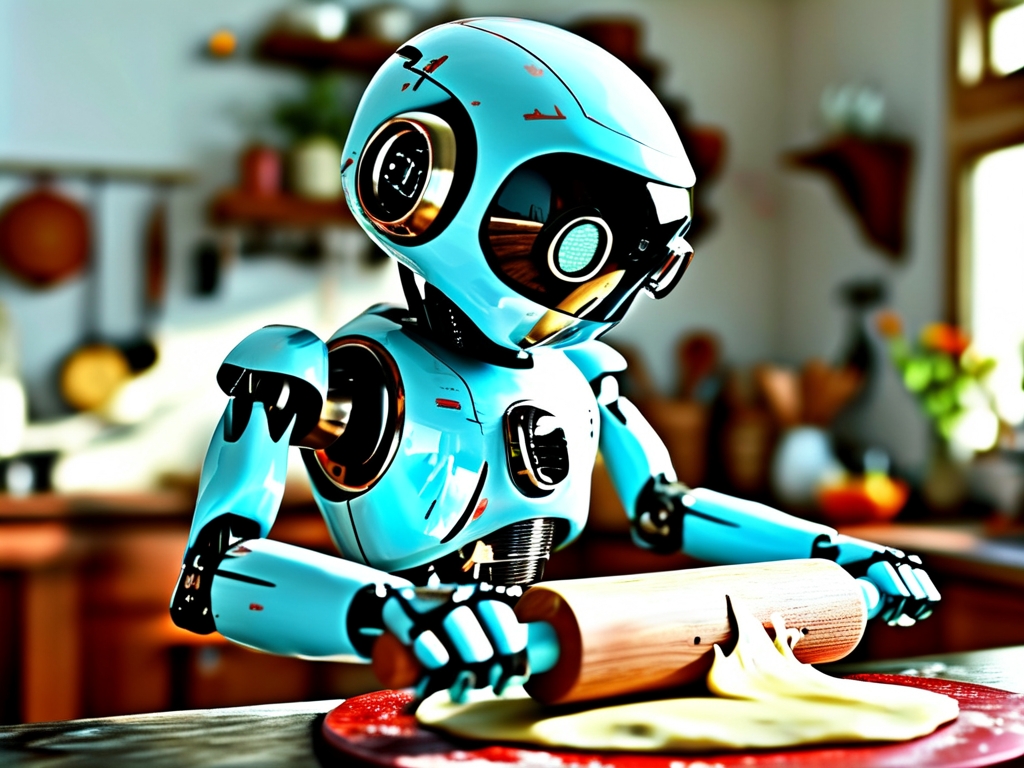
6. Future Directions
Emerging trends include:
- 3D-Printed Noodles: Layer-by-layer extrusion for complex shapes (e.g., star-shaped pasta for children).
- Blockchain Integration: Tracking flour sources and robot maintenance histories for transparency.
- Consumer DIY Kits: Compact home models like NoodleMaker Home ($1,299 pre-order) target cooking enthusiasts.
Robotic noodle rolling exemplifies how technology can enhance—not replace—culinary artistry. While challenges like cultural acceptance remain, the sector is projected to grow at 18.6% CAGR through 2030 (Market Research Future). As these systems evolve, they promise to democratize access to high-quality noodles while preserving the craft’s essence.


